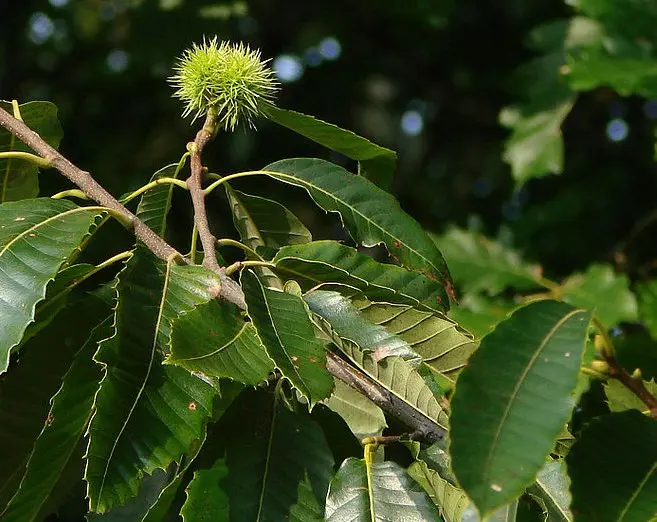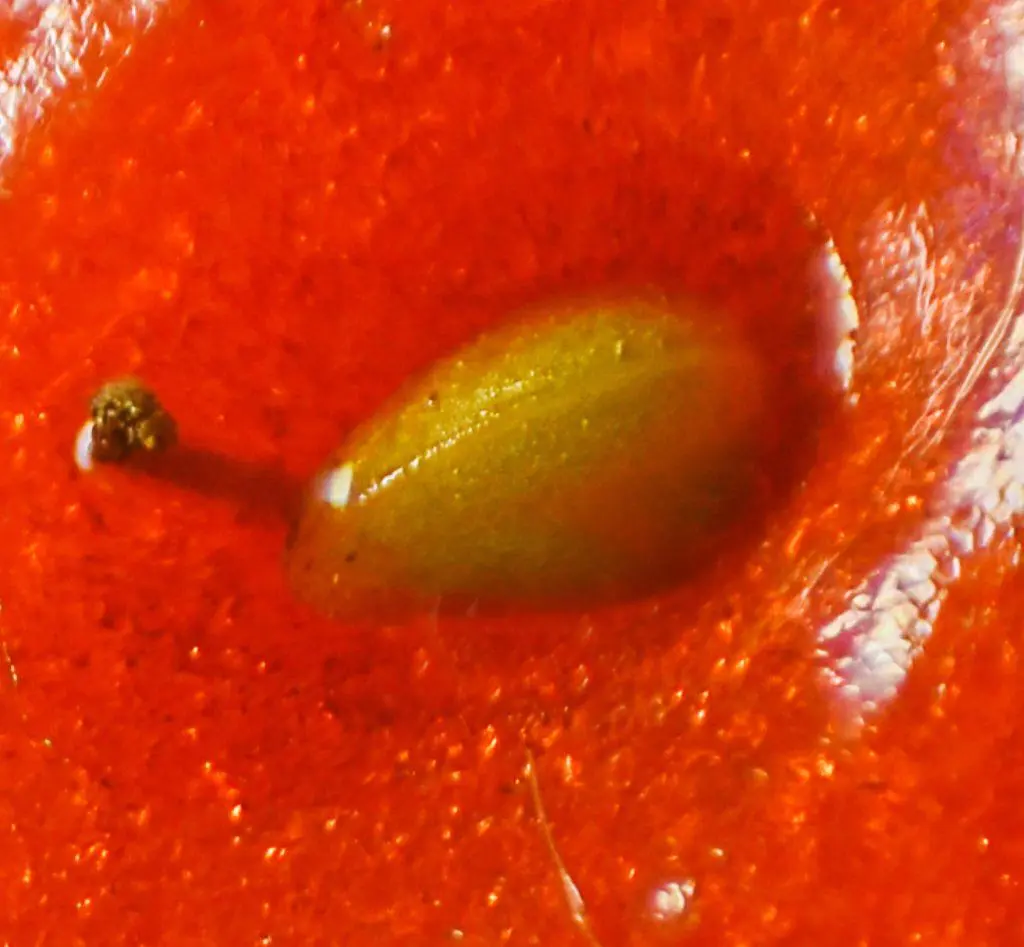Tree Huggers
736 readers
10 users here now
A community to discuss, appreciate, and advocate for trees and forests. Please follow the SLRPNK instance rules, found here.
founded 2 years ago
MODERATORS
101
102
103
104
105
106
107
109
110
111
113
114
115
1
EU considers postponing anti-deforestation law as pressure from agro-industry mounts
(news.mongabay.com)
116
117
118
1
As many forests fail to recover from wildfires, replanting efforts face huge odds — and obstacles
(www.bostonherald.com)
119
2
Study shows reduced inflammation in residents after adding trees to their neighborhoods
(www.sciencedaily.com)
120
121
122
123
124
125



